
After the Storm: Managing Plant Debris
UPDATE: If you are a property owner in Buncombe County, have storm debris on your property and do not have …



El inglés es el idioma de control de esta página. En la medida en que haya algún conflicto entre la traducción al inglés y la traducción, el inglés prevalece.
Al hacer clic en el enlace de traducción se activa un servicio de traducción gratuito para convertir la página al español. Al igual que con cualquier traducción por Internet, la conversión no es sensible al contexto y puede que no traduzca el texto en su significado original. NC State Extension no garantiza la exactitud del texto traducido. Por favor, tenga en cuenta que algunas aplicaciones y/o servicios pueden no funcionar como se espera cuando se traducen.
Inglês é o idioma de controle desta página. Na medida que haja algum conflito entre o texto original em Inglês e a tradução, o Inglês prevalece.
Ao clicar no link de tradução, um serviço gratuito de tradução será ativado para converter a página para o Português. Como em qualquer tradução pela internet, a conversão não é sensivel ao contexto e pode não ocorrer a tradução para o significado orginal. O serviço de Extensão da Carolina do Norte (NC State Extension) não garante a exatidão do texto traduzido. Por favor, observe que algumas funções ou serviços podem não funcionar como esperado após a tradução.
English is the controlling language of this page. To the extent there is any conflict between the English text and the translation, English controls.
Clicking on the translation link activates a free translation service to convert the page to Spanish. As with any Internet translation, the conversion is not context-sensitive and may not translate the text to its original meaning. NC State Extension does not guarantee the accuracy of the translated text. Please note that some applications and/or services may not function as expected when translated.
Collapse ▲
UPDATE: If you are a property owner in Buncombe County, have storm debris on your property and do not have …
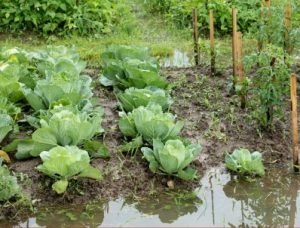
October 17, 2024 Many Western North Carolina gardens produce fruits, herbs, and vegetables well into the fall. We look forward …
Calling all farmers & homeowners needing to dispose of pesticide (no dealers, businesses, or retailers)! The Buncombe County Landfill …

If you have experienced flood damage to pesticide storage facilities, or pesticide products have been deposited on your property …

After a disaster, tree clean-up is a priority especially in western North Carolina. It is important to remember that …
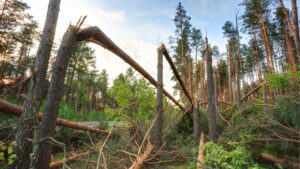
Hurricane Helene caused significant damage to forest and timberland through high winds and especially flooding in many areas of …
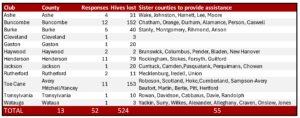
Update 11/02/24 We are tabulating a running compilation of the documented needs of beekeepers in Helene-affected areas. This table will …

Using a chainsaw looks like a very simple affair. It seems you can pull a rope, squeeze a trigger, …

Fall storms can leave us with a lot to clean up and go through. If your power has been …

Hemlock trees in western North Carolina are an important and irreplaceable component of our forests. These trees have been …
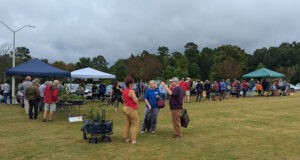
On September 13, 2024 the Chatham County Center of North Carolina Cooperative Extension conducted a workshop on Landscaping for Pollinators …
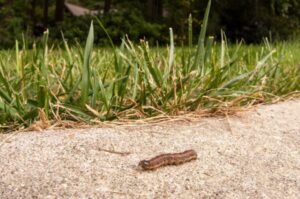
Fall Armyworm (Spodoptera frugiperda) has been seen in our local area! Typically this pest is of concern mainly for …
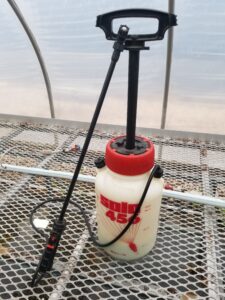
Glyphosate is a commonly used post emergent, broad-spectrum herbicide in the residential and commercial landscape today. Recently I have …
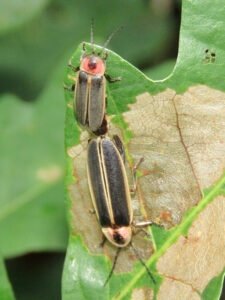
Chatham Conservation Partnership (CCP) conducted a webinar on Fireflies and Other Glowing Insects on July 18, 2024, and we …

Alison Arnold is our Buncombe County Consumer Horticulture Agent. She also coordinates the NC State Extension Master GardenerSM Gardener program of …
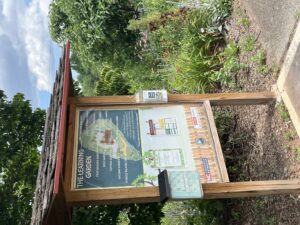
Docent Led Tours of The Learning Garden. Visit and Learn! Visit and Learn at The Learning Garden JOIN US FOR THE LAST …

Black root rot impacts a range of woody and herbaceous ornamental plant species primarily in …

This Entomology Insect Note discusses how to identify and manage common armored scale insects that …
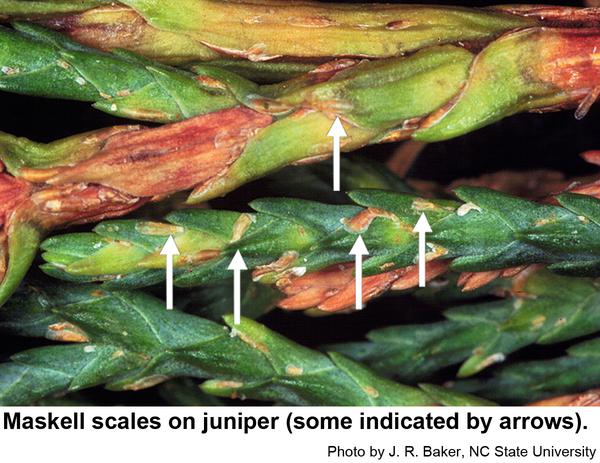
This factsheet describes the biology of the maskell scale, Lepidosaphes maskelli, and provides residential management …
This guide is designed to help turf managers identify the major turfgrass pests found in …
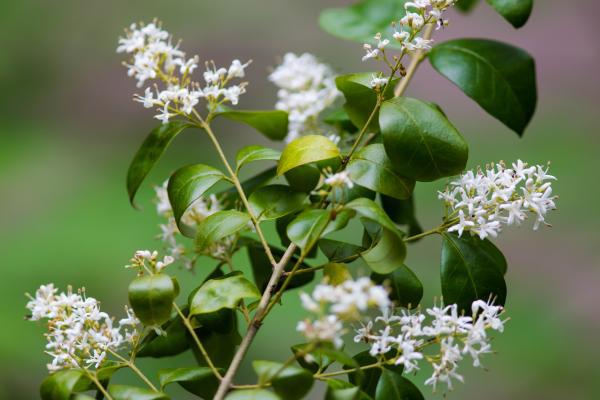
This native plants chapter of the Extension Gardener Handbook defines the term native, why gardeners …

This field guide and linked resources provide information on basic insect identification, sampling methods, monitoring, …

This publication alerts prospective gardeners to some of the most common contaminants in urban soils, …

This factsheet describes the biology and disease control of Southern Blight in Herbaceous Ornamentals